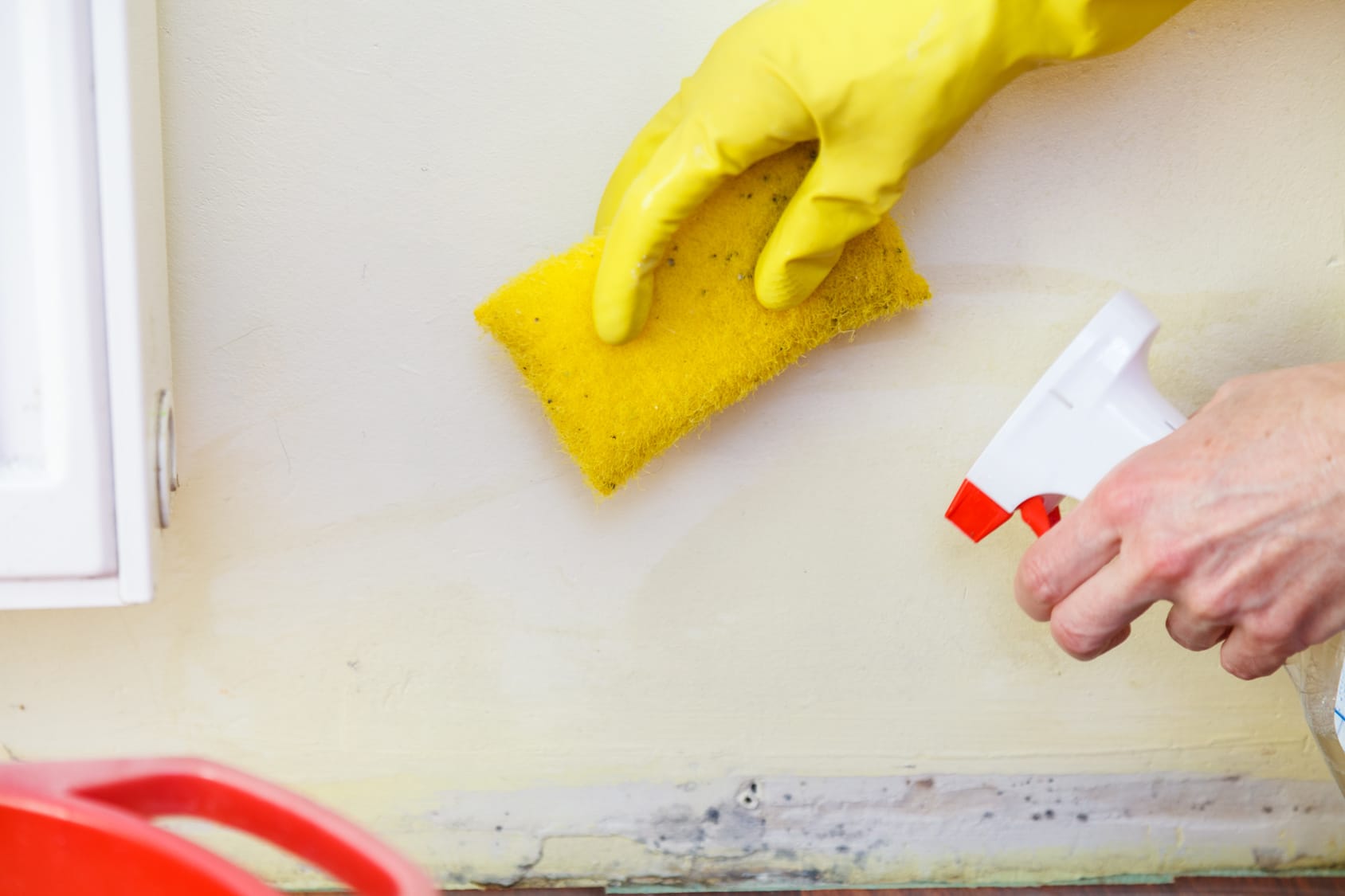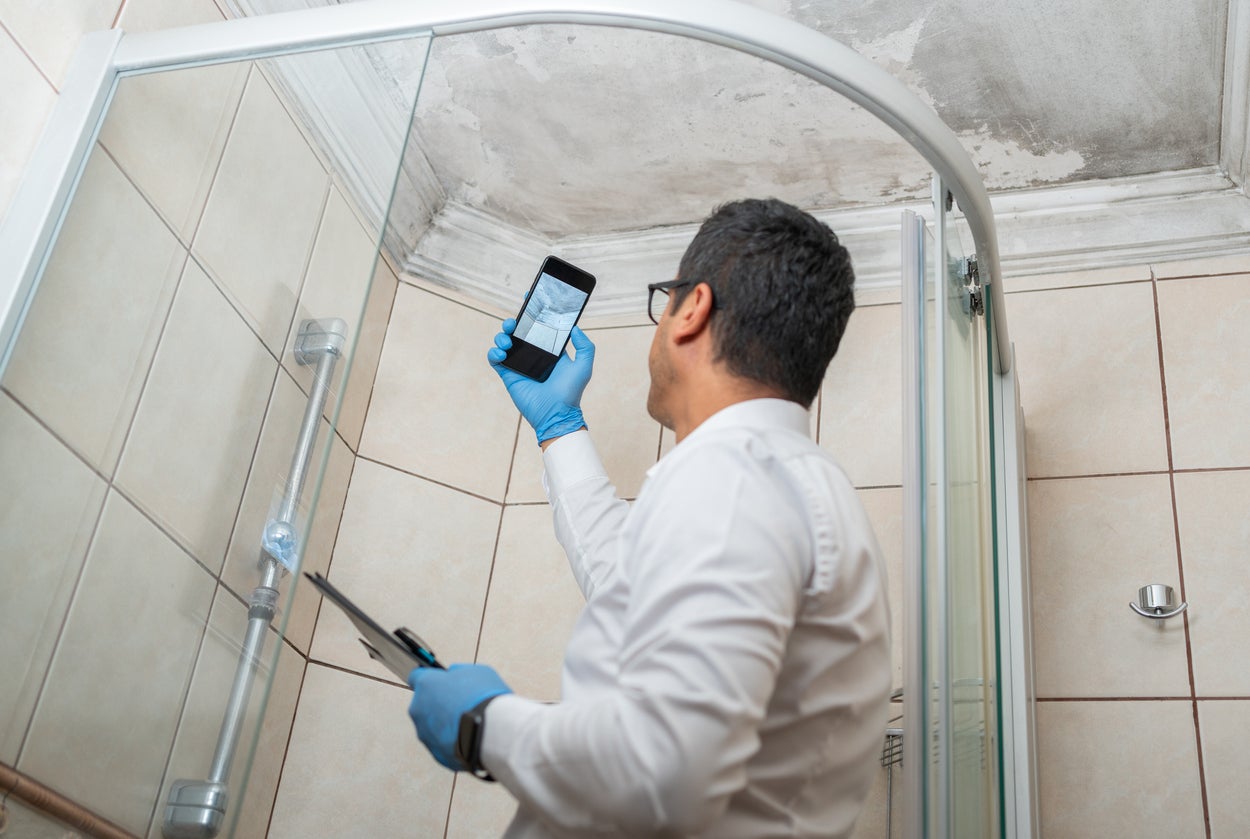Making Sure Post Remediation Verification Accuracy
Your Ultimate Guide to Article Mold Removal Techniques
Browsing the realm of post-mold remediation methods is a meticulous process that demands attention to detail and a comprehensive understanding of the details included. In the results of mold and mildew invasion, understanding just how to effectively eradicate the mold and mildew and avoid its reoccurrence is extremely important for preserving a healthy and balanced indoor setting. From choosing the appropriate cleaning and decontaminating approaches to carrying out methods for long-term mold prevention, each step in the remediation trip plays a crucial role in ensuring an effective end result. As we embark on this expedition of post-mold remediation methods, we will certainly uncover the essential approaches and ideal practices that can assist you restore your room to its pre-mold problem and guard it versus future mold risks.
Recognizing Post-Mold Removal Refine
After completing the mold removal process, it is essential to comprehend the post-mold remediation methods that are needed to make certain a effective and detailed cleaning. As soon as the mold and mildew has been eliminated, the next step entails cleaning and sanitizing the affected areas to prevent any kind of regrowth of mold and mildew.
Furthermore, conducting a final evaluation post-remediation is important to make certain that all mold and mildew has been efficiently eradicated. If the examination reveals any lingering mold, extra removal might be required.
Efficient Cleaning Up and Disinfecting Approaches

Avoiding Future Mold Development

Importance of Correct Air Flow
Proper ventilation plays an important role in preventing dampness build-up, a key consider mold and mildew development within interior settings. Efficient air flow systems help eliminate excess humidity from the air, decreasing the possibilities of mold and mildew spores finding the my link moisture they require to spread out and germinate. Without adequate air flow, interior areas can end up being a breeding ground for mold, bring about possible health risks and architectural damage.
By guaranteeing correct air blood circulation, air flow systems can also help in drying wet locations faster after water damage or flooding cases, further preventing mold growth. testing air quality after mold remediation. In rooms like shower rooms, attic rooms, cellars, and kitchens where moisture degrees often tend to be greater, setting up and keeping reliable air flow systems is vital in website link preventing mold problems

Monitoring and Maintenance Tips
Offered the vital function that correct air flow plays in stopping mold and mildew development, it is necessary to establish efficient tracking and upkeep pointers to make sure the continued functionality of air flow systems. Routine assessments of ventilation systems should be performed to examine for any kind of indicators of obstructions, leaks, or breakdowns that could restrain appropriate air movement. Tracking moisture degrees within the property is likewise vital, as high humidity can add to mold development. Mounting a hygrometer can help track moisture degrees and sharp house owners to any kind of spikes that might require attention. Additionally, ensuring that air filters are on a regular basis cleansed or replaced is important for maintaining the effectiveness of the ventilation system. Applying a schedule for regular maintenance jobs, such as duct cleaning and a/c system evaluations, can assist protect against issues before they escalate. By remaining positive and mindful to the problem of air flow systems, homeowner can efficiently mitigate the threat of mold regrowth and keep a healthy interior atmosphere.
Conclusion
Finally, post-mold remediation methods are important for ensuring a tidy and safe environment. Comprehending the process, applying reliable cleaning and sanitizing approaches, stopping future mold development, preserving proper air flow, and routine surveillance are all critical actions in the removal procedure. By adhering to these standards, you can effectively get rid of mold and mildew and stop its return, advertising a healthy living or working room for all passengers.
In the after-effects of mold problem, understanding how to efficiently get rid of the mold and prevent its reoccurrence is critical for preserving a healthy and balanced interior setting. When the mold and mildew has actually been eliminated, useful link the following step involves cleansing and disinfecting the impacted locations to stop any type of regrowth of mold and mildew - Post Mold Remediation Report. After getting rid of noticeable mold and mildew development, it is critical to cleanse all surfaces in the damaged location to eliminate any remaining mold spores. To further enhance mold and mildew avoidance procedures, it is important to deal with underlying concerns that at first led to mold advancement.Provided the crucial role that appropriate ventilation plays in protecting against mold growth, it is essential to develop effective tracking and upkeep pointers to make certain the continued performance of air flow systems